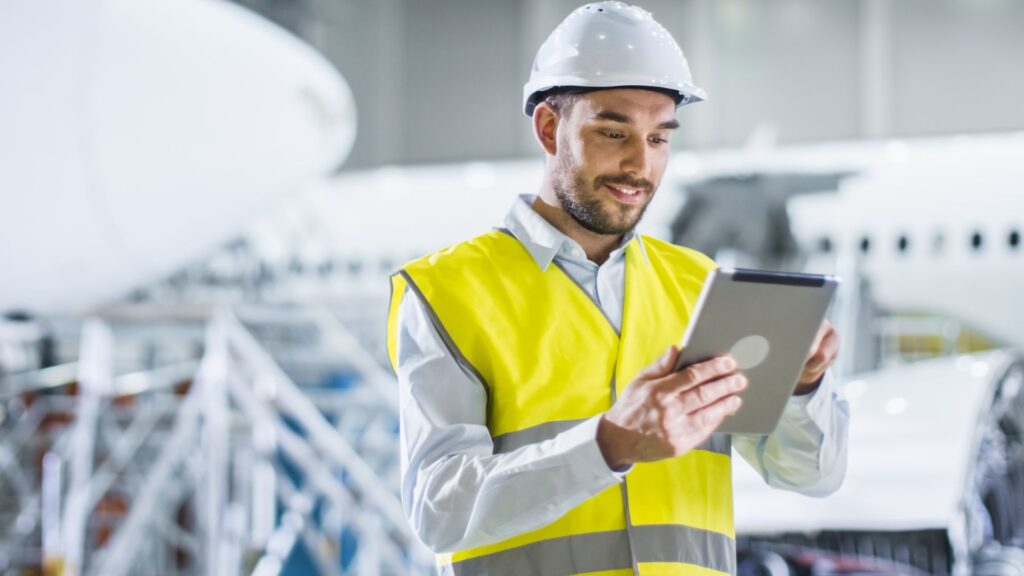Aircraft safety is vital, and every component contributes significantly to safe flights, no matter how minor. One such component is airplane cables, which must be precisely tensioned for peak performance and safety. Tensiometers have become vital instruments in the aviation sector, allowing maintenance staff to measure and adjust cable tension properly. This article discusses the significance of tensiometers in airplane safety checks, emphasizing their role, importance, best practices for use, and the most recent technological breakthroughs.
Understanding Cable Tensiometers
Tensiometers are tools used to determine the tension or tightness of cables, such as those used in aircraft. These devices come in a variety of styles and work by measuring the force exerted on a cable. They are critical for ensuring that aircraft cables are neither loose nor tight, as adequate tension is essential for safe and efficient aircraft operation. Tensiometers come in various sizes and types to suit different aircraft cables.
They are simple to use and give precise measurements by displaying the amount of force or tension in the cable. Maintenance staff can use a cable tensiometer to quickly and correctly monitor the tension of aircraft cables, thereby maintaining the aircraft’s control, stability, and overall safety.
Importance of Proper Cable Tension in Aircraft Operations

Proper cable tension is required for safe and efficient airplane operations. Cables in an airplane serve an important function in regulating and stabilizing it during flight. Incorrect cable tension might cause major complications. For example, loose wires might impair the pilot’s control of the aircraft, making it more difficult to maneuver safely.
Conversely, overly tight cables might generate excessive wear and fatigue, weakening the cables over time and potentially leading to breakdowns. Furthermore, incorrect cable tension might impair the aircraft’s overall performance, jeopardizing its safety and reliability. Thus, keeping the proper tension in aircraft cables is critical to ensuring the aircraft’s control, stability, and general safety throughout operation. Regular checks and modifications using tensiometers help to avoid these issues and contribute to safer flights.
How Cable Tensiometers Enhance Safety Checks
Tensiometers are important tools for improving airplane safety assessments. These devices ensure that cable tension measurements are accurate and constant, allowing any problems to be identified before they become significant. Maintenance staff can swiftly discover and repair inappropriate cable tension by employing tensiometers during pre-flight inspections and annual maintenance.
This proactive approach eliminates concerns such as poor control and maneuverability owing to slack wires, as well as early wear and fatigue caused by overly tight cables. Integrating tensiometers into routine safety processes assures that the aircraft’s cables are in good condition. This contributes to the aircraft’s overall performance and safety, providing a safer flying experience for everyone on board.
Best Practices for Using Cable Tensiometers in Aircraft Safety Checks
Accurate and reliable aviation safety checks require the proper use of tensiometers. Workers must have proper training and certification to guarantee that these devices are utilized correctly. The tensiometer must also be calibrated and maintained regularly to keep it accurate.
Certain approaches are used to attach the tensiometer to aircraft cables to guarantee precise tension measurements. It’s also critical to accurately document and interpret stress measurements for maintenance records. Following these best practices contributes to consistent and dependable results, critical for sustaining aircraft control, stability, and overall safety.
Advancements in Cable tensiometer technology
Tremendous advances are being made in technology related to tensiometers, particularly in the aviation industry. Modern tensiometers now include innovative features and enhanced accuracy to address the changing needs of airplane maintenance. These developments include improved digital displays, wireless connectivity for data logging, and stronger materials for greater dependability. The most recent models are designed to be user-friendly, making it easier for maintenance staff to take accurate tension measurements.
Furthermore, current research and development are pointing toward potential future advances in tensiometer technology, which promise even more advanced features and capabilities. These technological developments are critical for delivering more efficient and dependable aviation safety checks, which will lead to safer and more secure flights.
Conclusion
In today’s fast-paced aviation industry, guaranteeing aircraft safety and reliability is critical. Tensiometers have proven to be important tools in this area, increasing the effectiveness and precision of safety checks through consistent and dependable cable tension measurements.
As technology advances, these devices evolve, promising even more advanced features. Maintenance personnel may contribute considerably to safer and more reliable flights by following best practices and leveraging cutting-edge tensiometer technology.
Visit Our Blog for More Tech Stories




